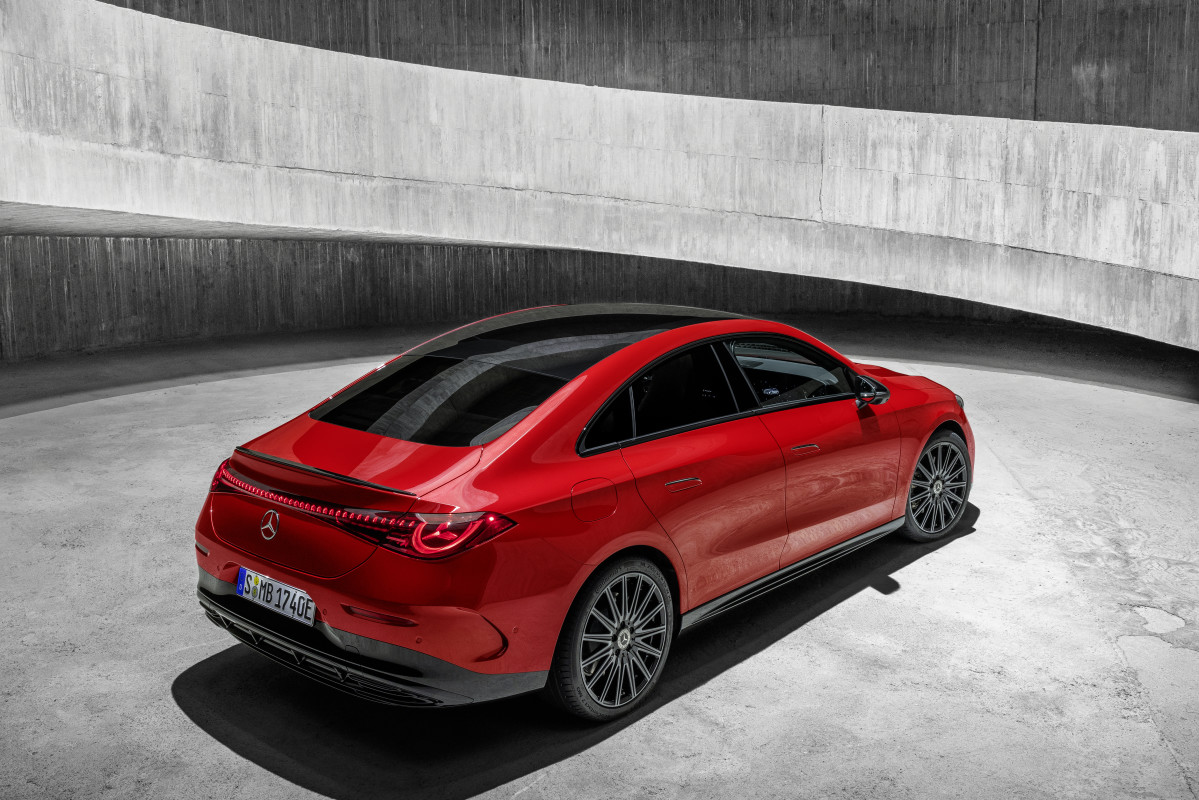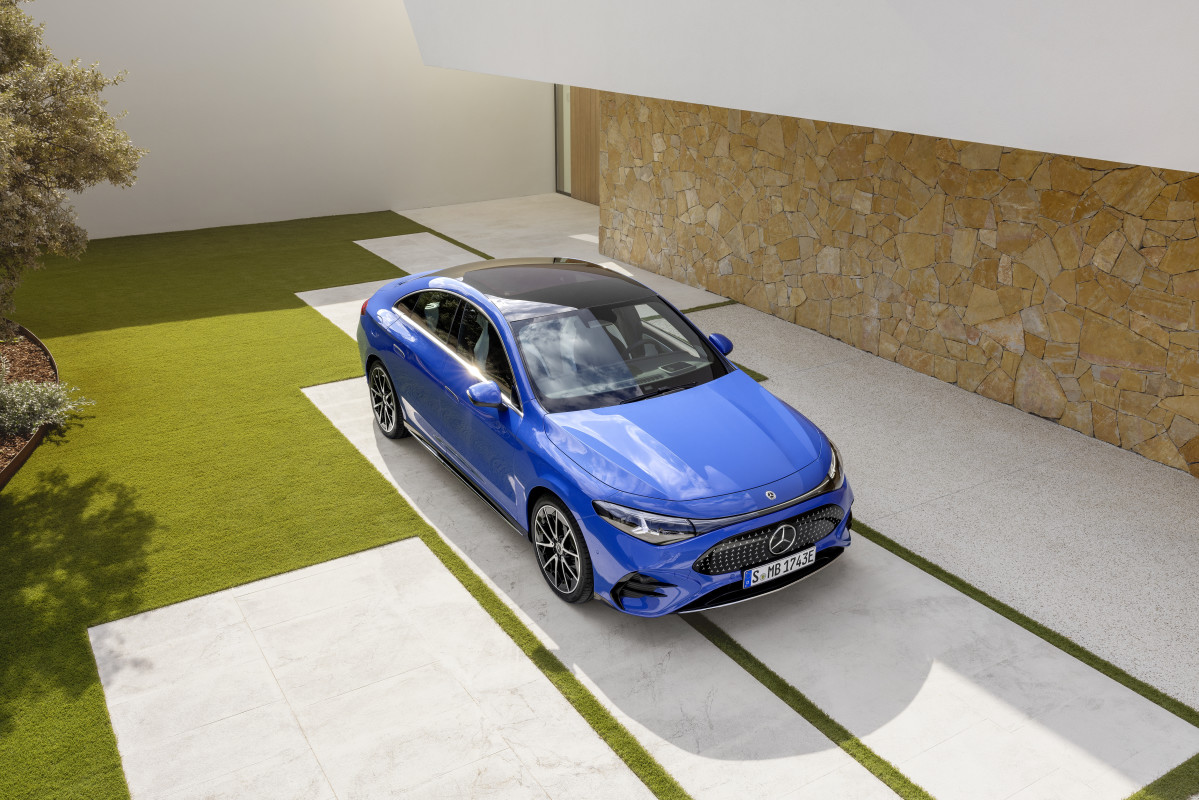A breakthrough that’s tough to use
The 2025 Mercedes-Benz CLA EV promises some of the fastest charging speeds available — up to 320 kilowatts — thanks to its high-tech electrical system. But there’s a catch: it only works with 800V fast chargers. That means the vast majority of public fast chargers in the U.S., which typically run on 400 volts, won’t work at all.
This odd limitation, first spotted by a sharp-eyed EV enthusiast in Norway, was later confirmed by Mercedes representatives in both Europe and the U.S. The company made a conscious choice to exclude 400V DC charging entirely, citing the desire to avoid compromising performance. But that decision severely restricts where American drivers can actually fast-charge their cars.
No supercharging, no backup plan
Adding to the confusion is that the CLA EV comes equipped with a Tesla-designed NACS charging port. Yet, despite its design, it can’t use Tesla’s Superchargers in the U.S. That’s because, at least for now, none of those stations support 800V charging.

Mercedes-Benz
Mercedes also fitted the car with a J1772 connector for slower AC charging at home or work. Unfortunately, the NACS port on the CLA doesn’t support AC charging at all, which means Tesla’s widespread Destination Charger network is off-limits too. Owners are essentially left with J1772 for slow charging or must find one of the relatively rare CCS1-equipped 800V fast-charging stations.
Why it matters
Other EVs that support 800V charging, like the Porsche Taycan, Lucid Air, or Hyundai Ioniq 5, can also charge at older 400V stations, albeit more slowly. That fallback option is a crucial part of making EV ownership stress-free, especially on longer trips. Mercedes is gambling that charging providers will build out enough 800V infrastructure quickly enough to make this a non-issue.

Mercedes-Benz
Some progress is happening. Electrify America, for instance, is building out a 1,000V network, but as of today, the landscape remains patchy. For buyers of the CLA EV, that means a cutting-edge car limited by a charging ecosystem that isn’t quite ready to keep up.
Final thoughts
Mercedes is positioning the CLA EV as a forward-thinking, efficient luxury car for a new era. On paper, the specs are impressive—affordable by Mercedes standards, sleekly designed, and capable of charging at speeds few others can match. But by ditching compatibility with 400V chargers, the brand has taken a huge gamble on the future of public charging infrastructure in the U.S.

Mercedes-Benz
For many drivers, especially those without access to home charging, the ability to top up quickly at public stations is a must. And right now, most of those stations simply won’t work with the CLA. That puts owners in a tough spot: either plan routes meticulously around the few compatible chargers or face the possibility of being stranded with no way to recharge.
It’s a surprising move from a brand that usually emphasizes comfort, ease of use, and refinement. While Mercedes isn’t alone in using 800V tech, it is alone in cutting off support for the older standard entirely. Unless infrastructure catches up quickly — or Mercedes introduces a hardware revision down the line — the CLA EV risks becoming a case study in how not to roll out a new EV in a still-maturing market.